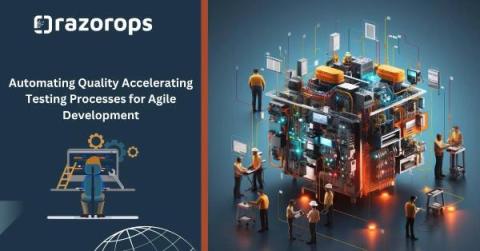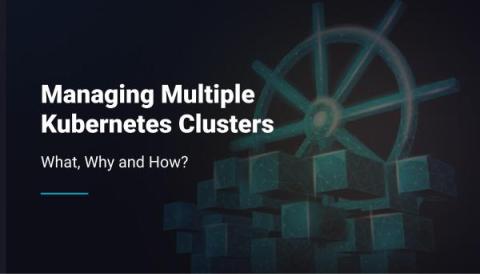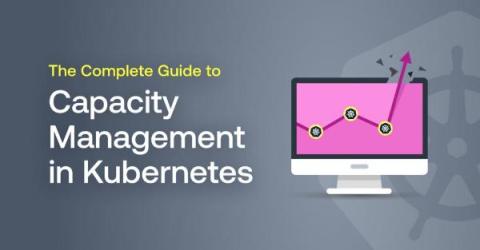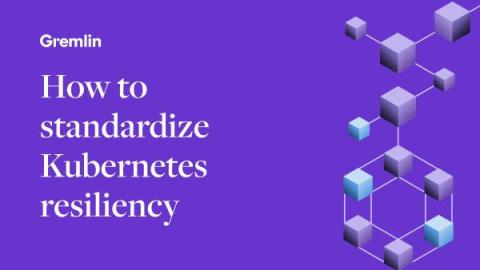Kubernetes in Modern Financial Institutions
Financial institutions face unprecedented challenges in today’s rapidly evolving technological landscape. The demand for agile, scalable, and resilient systems is at an all-time high, driven by a diverse and dynamic customer base that expects real-time, reliable services. This is where Kubernetes, a leading open-source container orchestration platform, emerges as a pivotal solution. Kubernetes has revolutionized software development and deployment.











